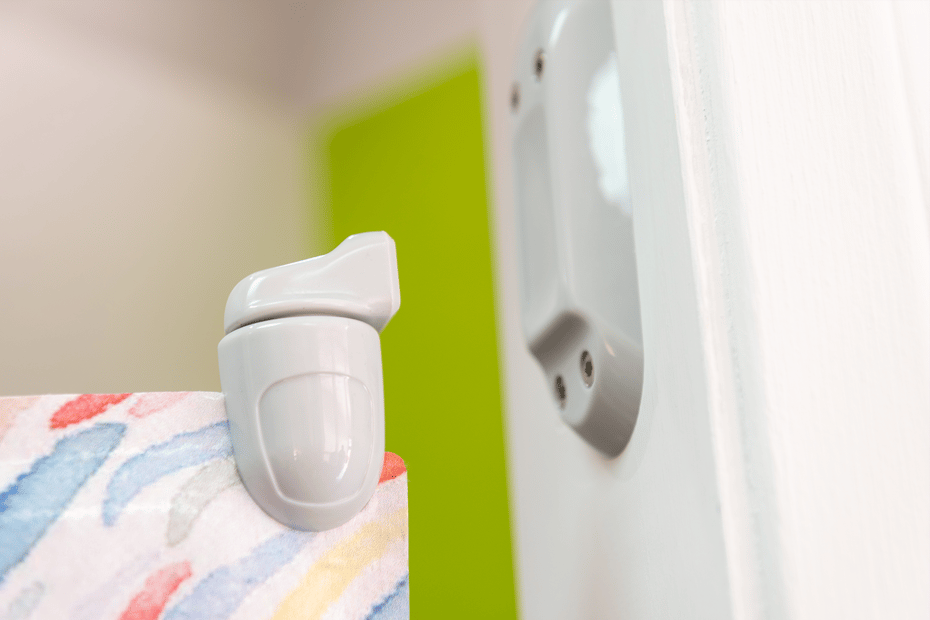
Establishing four key design insights
Collaborating with you at each stage of the process allowed us to develop various product prototypes, highlighting four key design requirements

You spoke. We listened.
Following a rigorous design process, we created our en-suite door alongside you, and we involved you in every stage of the process – not just one of you, but hundreds.
- Home
- About us
- Our design process
- Developing the en-suite door
PRODUCT DESIGN CASE STUDY:
DEVELOPING OUR AWARD-WINNING EN-SUITE DOOR
You told us the challenges you face with an existing en-suite door. We listened, and over 18 months, we followed a rigorous design process to deliver an award-winning en-suite door that makes your ward safer.
Involving more than 120 individuals across 20 NHS and private care providers, we utilised our Voice of Customer (VOC) approach at each stage of the 6-step process.
The result is an award-winning en-suite door that seamlessly balances safety, practicality, dignity, and cost – and which the Design in Mental Health Network judges commended as “lifesaving”.
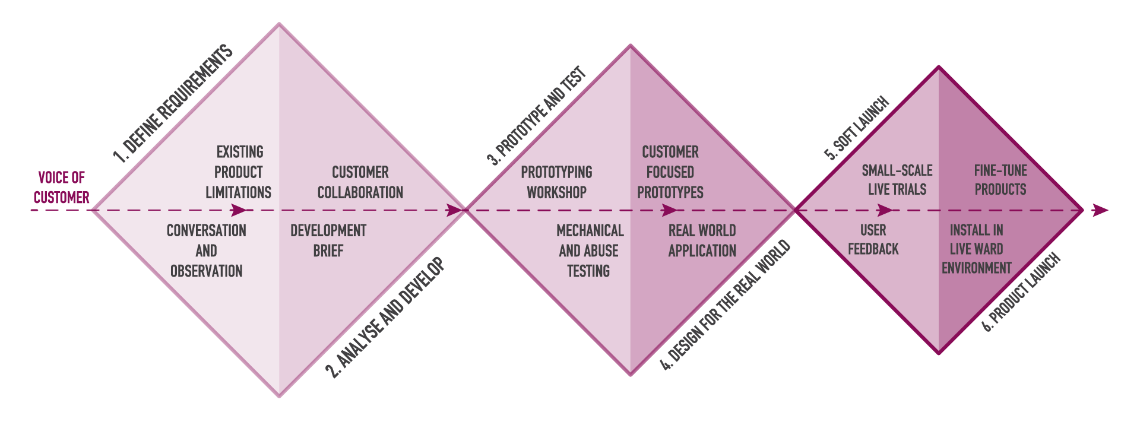
Phase 1: Defining the requirements of our en-suite door
We followed our philosophy that good design starts with conversation and observation, and asked you to explain your issues with existing en-suite doors at DIMHN 2016. Speaking to nurses and ward managers, as well as clinical directors and safety officers, you told us that existing options such as sliding doors offered multiple ligature opportunities.
From this, we developed our first key design insight – that two hard surfaces create a ligature point.
We also carried out research in live-ward environments. By watching you in action, we quickly uncovered the main challenges that existing options presented, such as the risk of weaponisation, limited observation, ligature risks, and nuisance.
Phase 2: Analysing and developing the en-suite design brief
Gathering feedback from clinicians, clinical directors, estates, and capital teams highlighted the conflicting safety, maintenance, and clinical needs. For example, clinicians voiced concern about the safety and day-to-day practicality of the product. Estates and capital teams commented that the door needed to be durable and cost-effective to replace.
Listening to each of you allowed us to develop a design brief which included all of the critical design elements – ensuring our solution would satisfy all of your essential requirements.

Phase 3: En-suite prototype and testing
We experimented with materials, leaf options, and hinging systems for the door to test various concepts. Initially, we used a rubber prototype. However, we quickly found it could be picked to create a ligature – rubbing a credit card back and forth presented a ligature risk in under 10 minutes.
This formed our second key design insight – soft materials can be tampered with to create ligature points.
Our third key design insight was that load release is essential for this high-risk door. And of course, that’s why we settled on magnetic pivots for our en-suite door, allowing us to be sure that any tampering with the door leaf would not create a ligature risk.
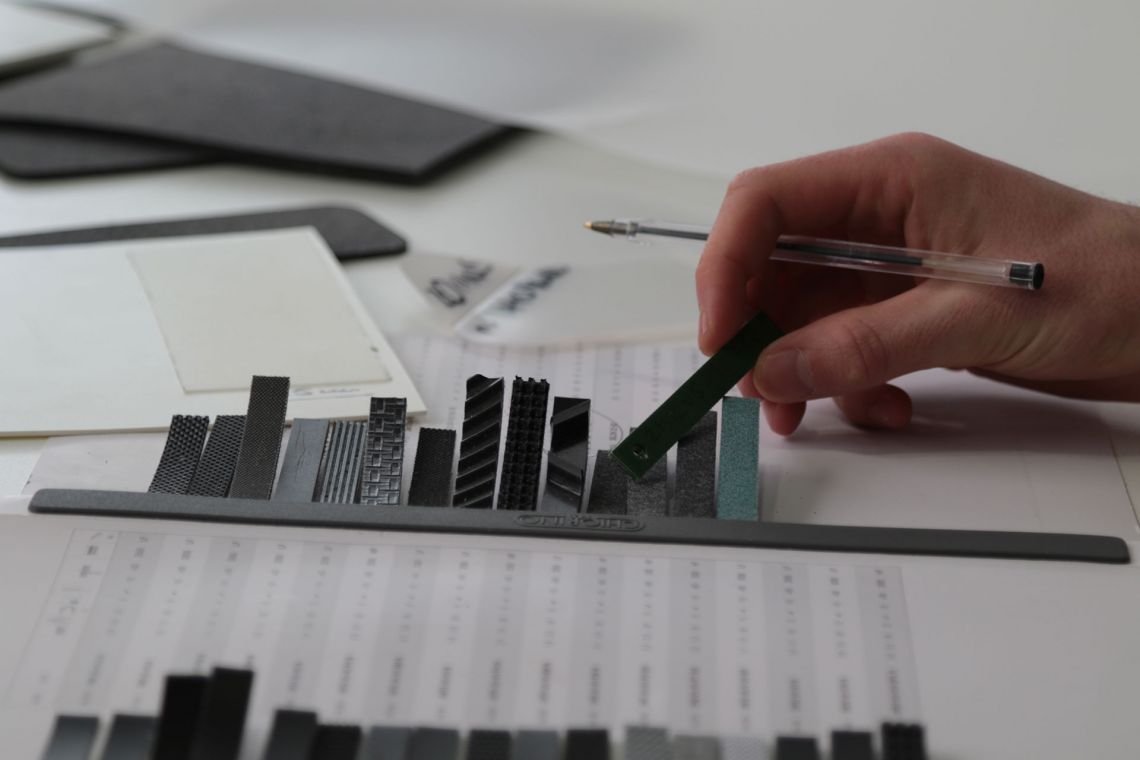
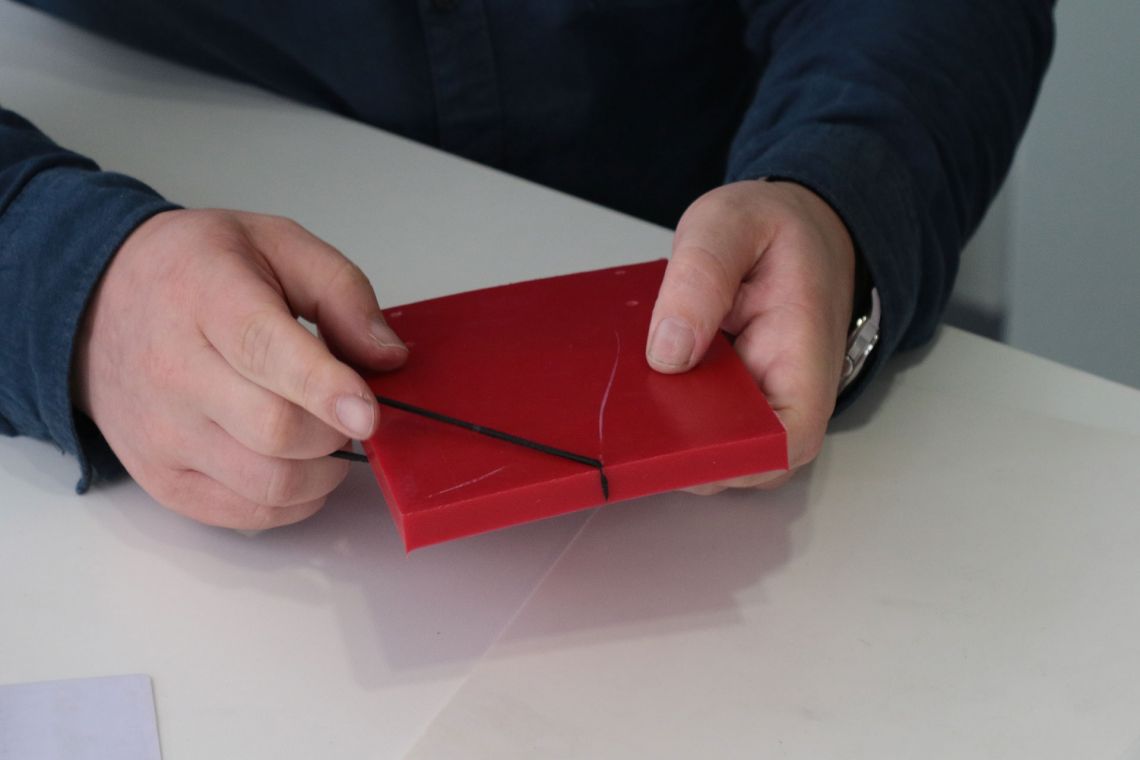
Testing the en-suite door
The product was then tested, using methods in line with mental healthcare design guidance, and real-life scenarios specific to the en-suite, for example, kicking the frame mounts to ensure they didn’t come loose or break. We carried out the HBN mallet test to ensure the door could withstand the most extreme abuse.
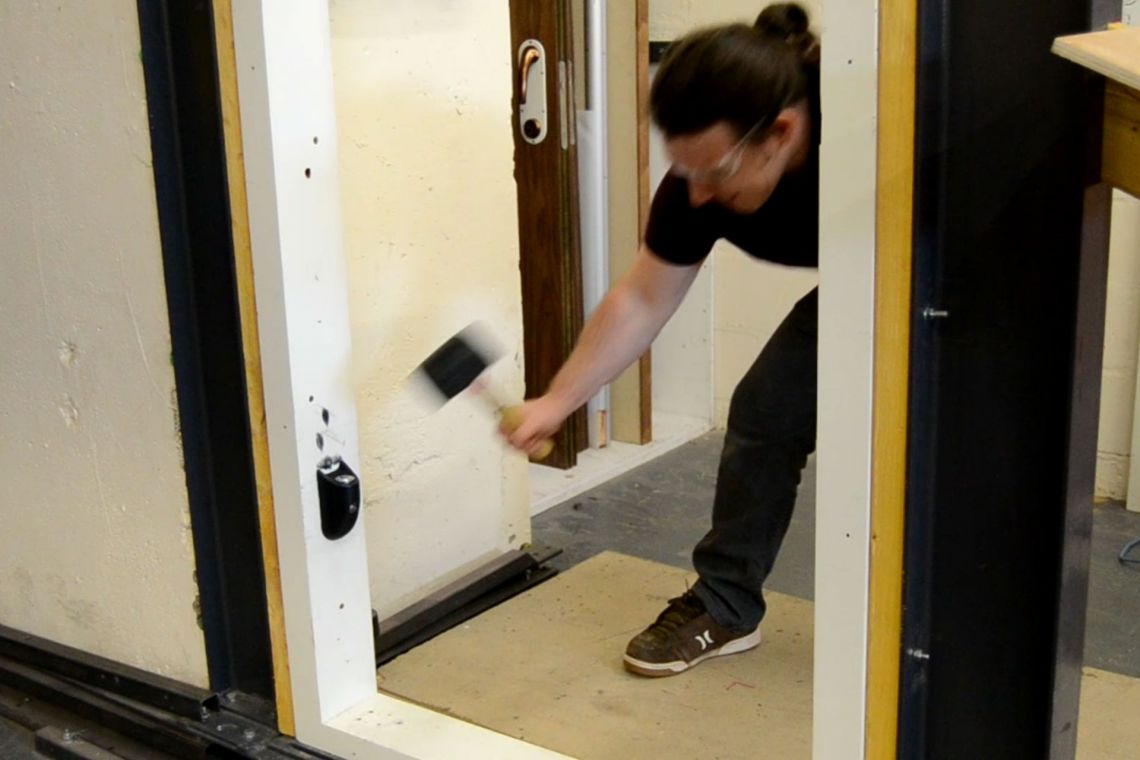
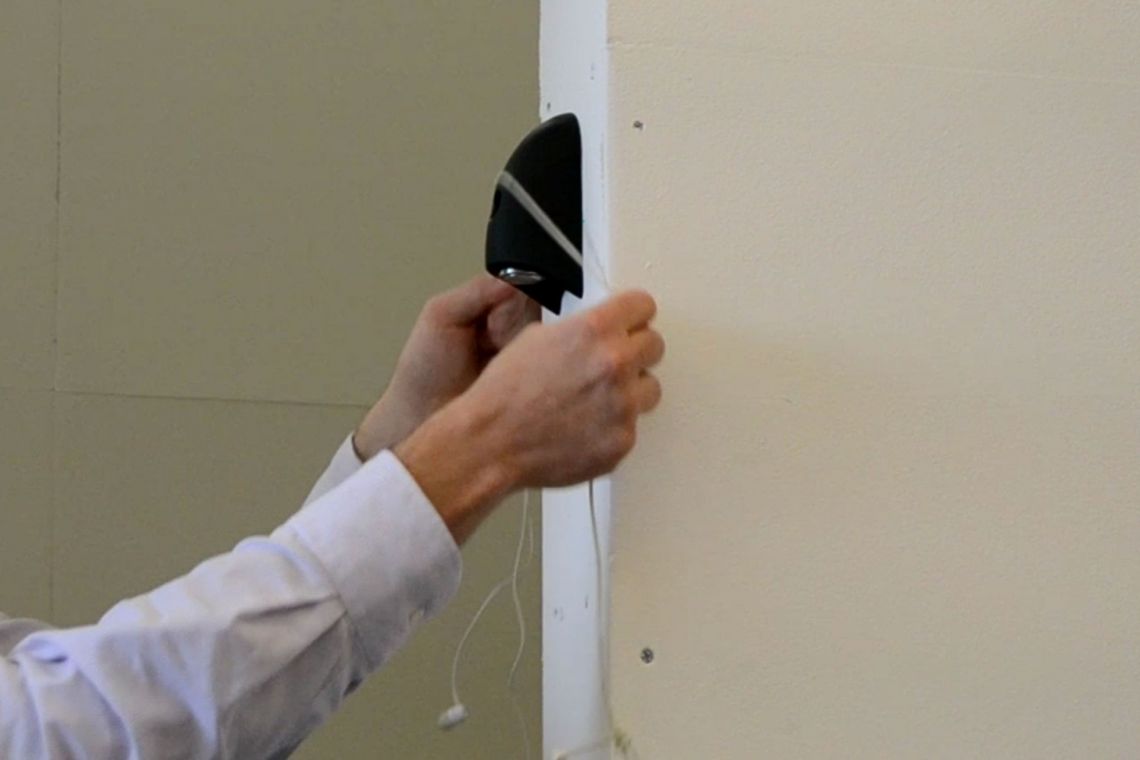
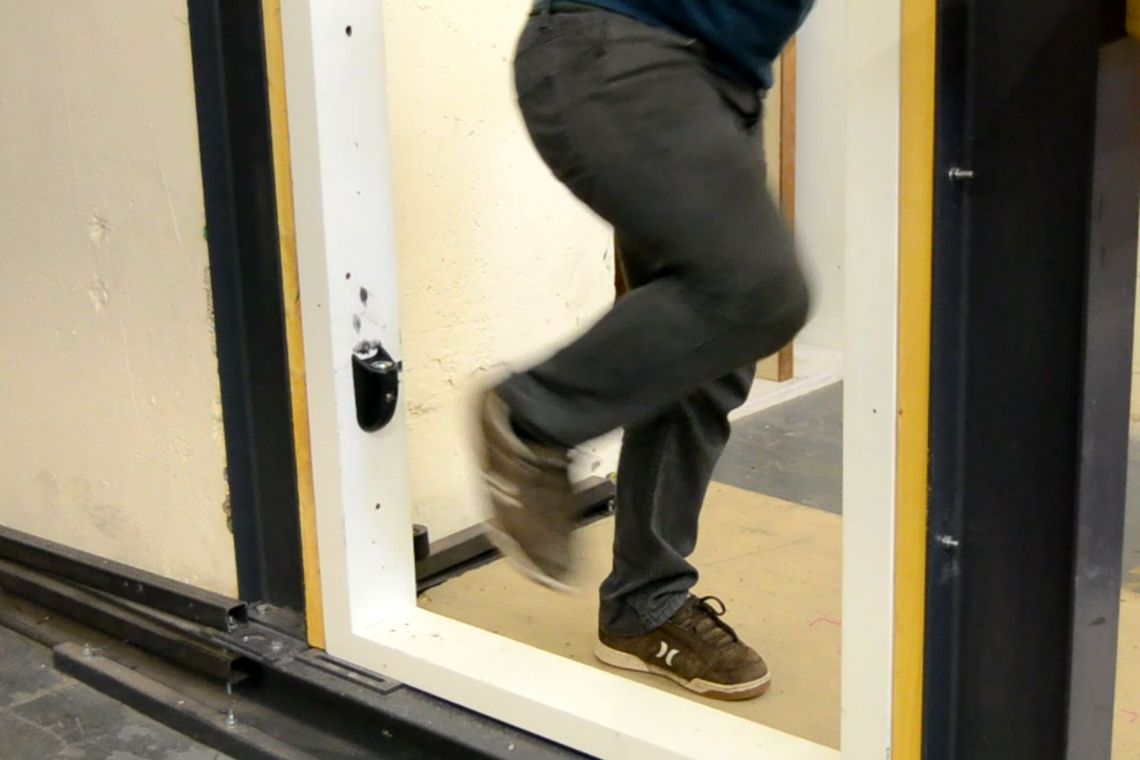
You told us that you were often concerned about the possibilities of weaponisation with existing options. So we carried out weaponisation tests to ensure you were not only safe but could also intervene and remove the door leaf from an aggressive service user.
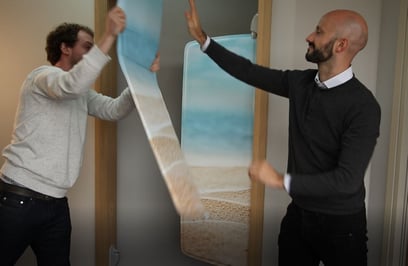
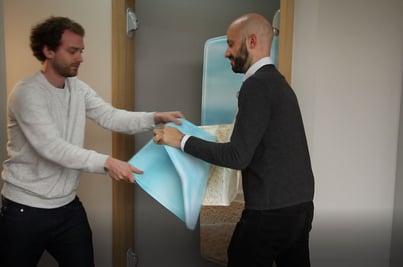
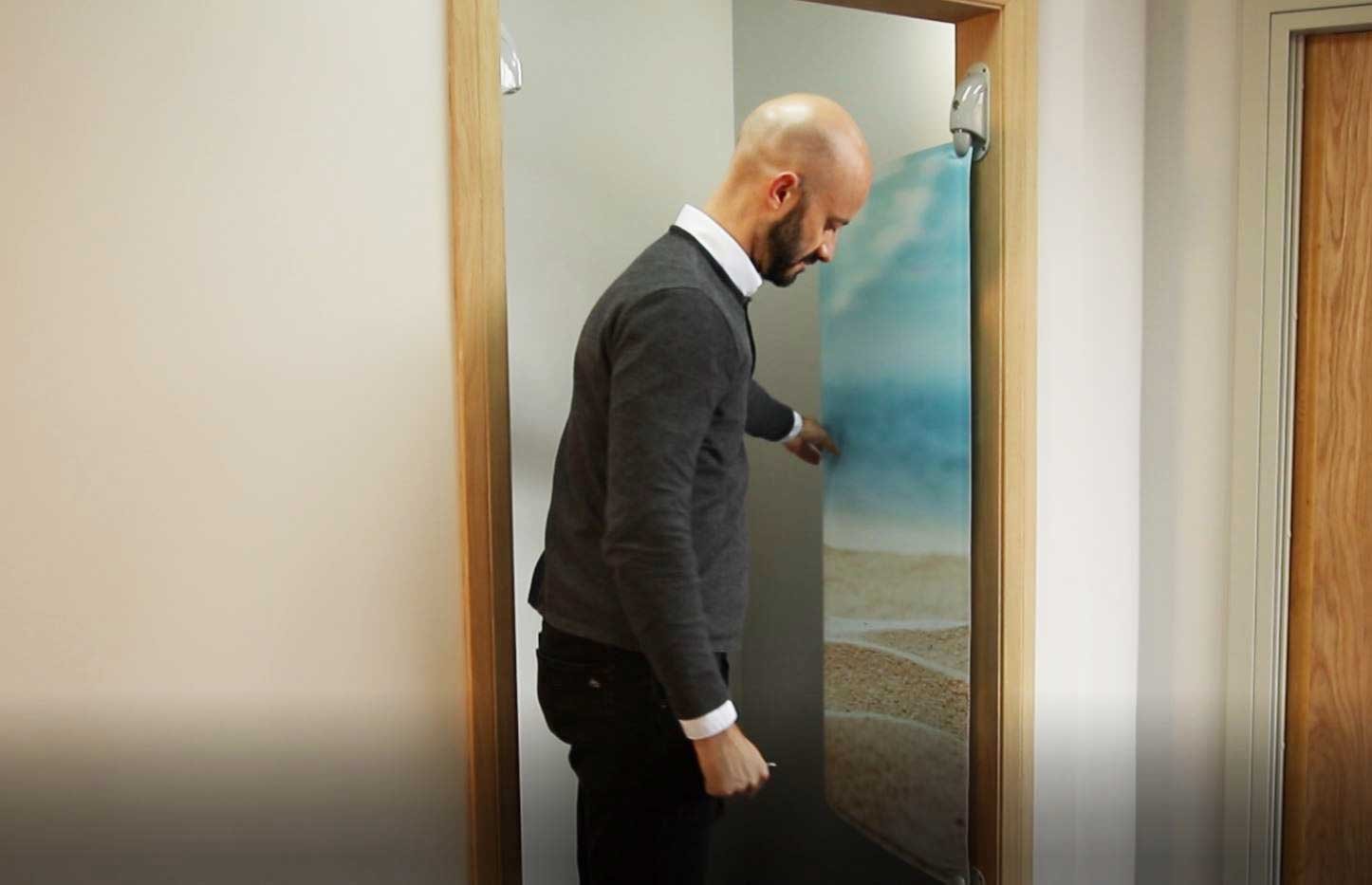
Phase 4: Design for the real world
You told us that while load release was essential, practicality was also required. So, the door needed to open and close normally without accidental detachment.
That's why we designed the magnets at the top, to allow the door to rotate open and closed, reducing unwanted detachment.
Phase 5: Soft launch
Taking a near-complete prototype to DIMHN 2016, you commented that the leaves were too rigid when swung, prompting our fourth and final design insight – that lightweight, flexible materials were safer. We altered the material for the leaves and carried out another round of development and testing before carrying out our soft product launch in a live, controlled environment.
This soft launch was a necessary step in our product design process, allowing us to be completely confident in our en-suite door before fully launching it. Where our product could impact the safety of staff, this phase was a critical element of the en-suite door design.
.jpg?width=1140&name=ensuite-8%20(1).jpg)
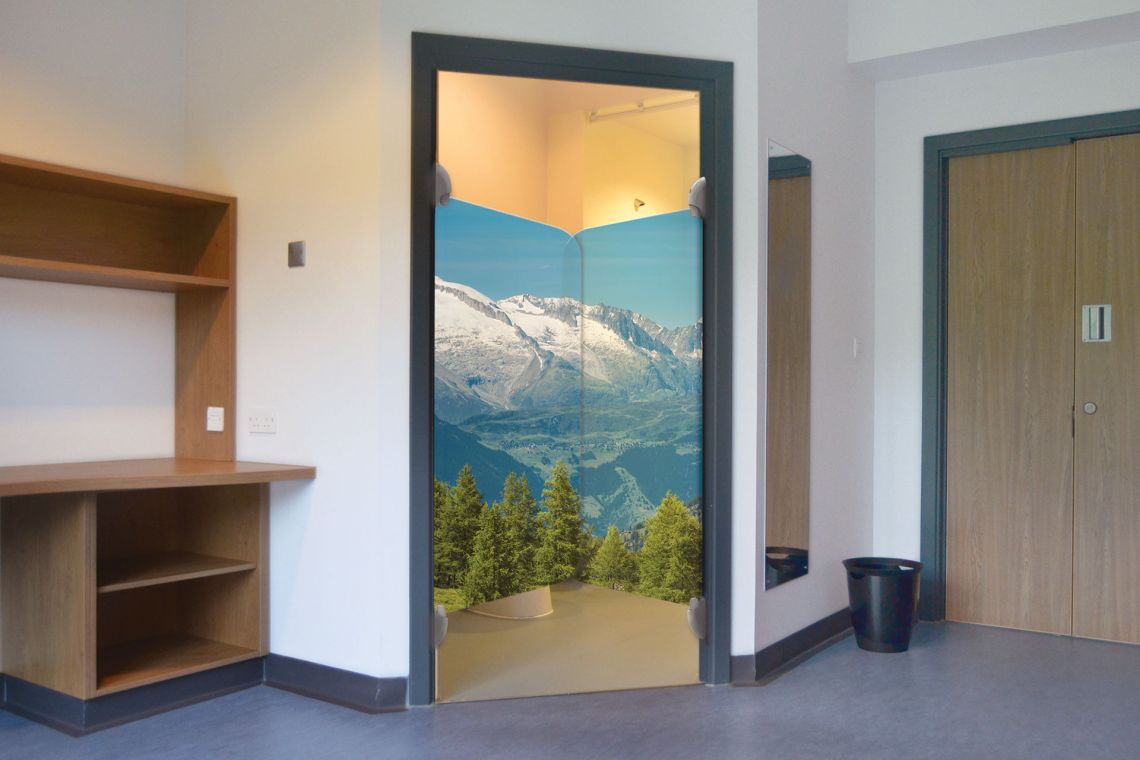
Phase 6: Launch of the en-suite door
Our en-suite door is now launched and installed in a number of wards and trusts across the UK including: The Junipers, Wonford PICU - Devon Partnership NHS Foundation Trust, Coborn Centre - East London NHS Foundation Trust, and Hafan Y Coed - Cardiff and Vale University Health Board.
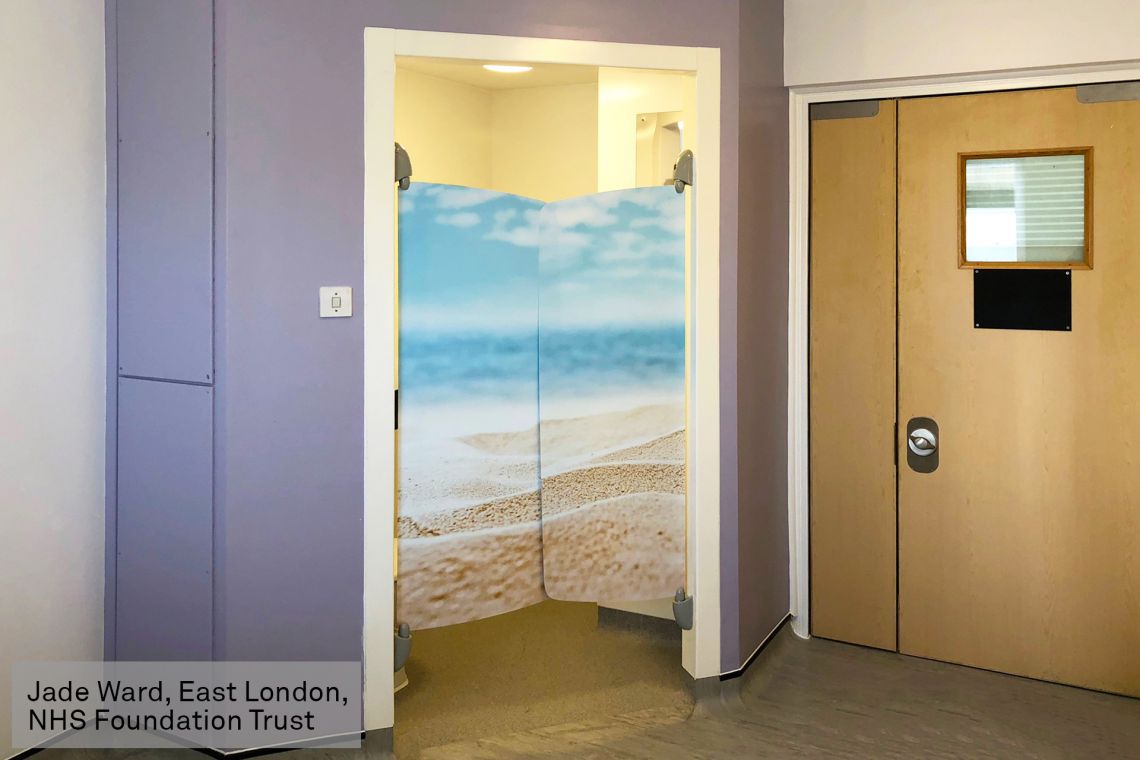
Phase 7: Continues product improvement
When our product development process is finished, we don't just put the product on the shelf and move on. We continuously gather feedback and conduct our own research in order to improve our products further.
Since the product launch, our En-suite door has been improved by further reducing nibs weights, introducing a magnet system located in a frame that makes reattachment easier and decreasing the load release weight - all based on listening to valuable customer feedback.
